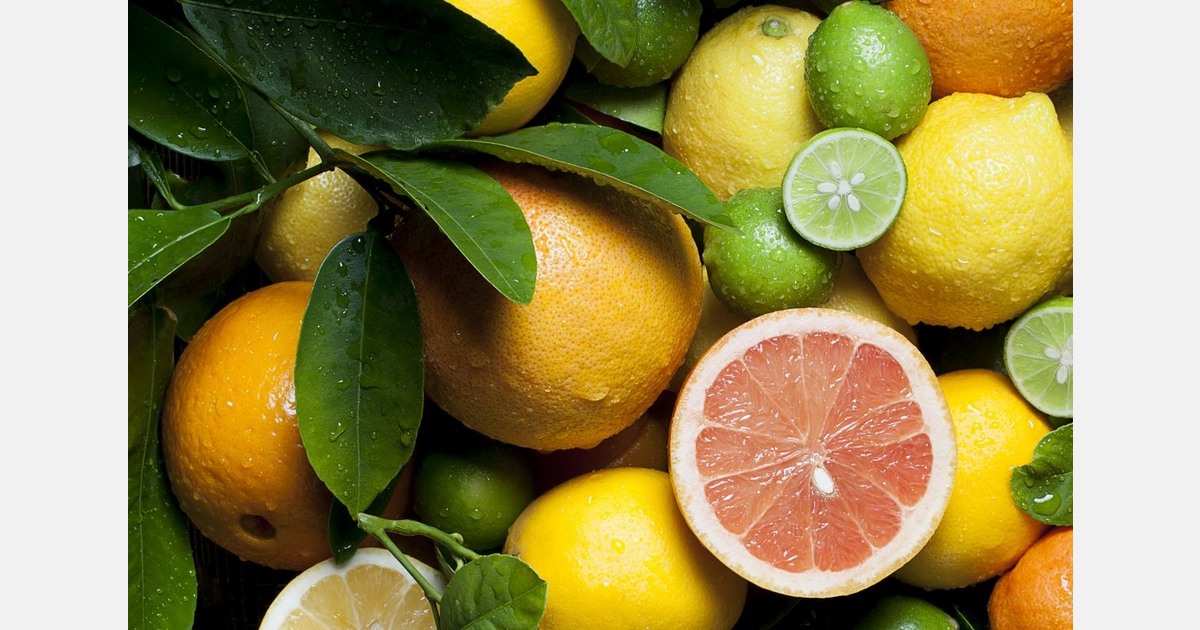
Yesterday, the U.S. and Japan reached a trade deal and according to President Trump it is the largest trade deal ever made. Under the new terms, U.S. importers will pay 15 percent reciprocal tariffs on Japanese goods instead of the initial 25 percent Trump threatened with. In addition, Japan will invest $550 billion into the U.S.
While concrete details haven’t been shared, the trade deal means Japan will open their country to trade, including cars and trucks, rice, and certain other agricultural products. For the bulk of its food supply, Japan relies on imports from other countries, and the U.S. is one of the leading suppliers. As a result of a rice shortage, Japan bought $298 million worth of rice from the U.S. last year, according to trade data from the U.S. Census Bureau. When it comes to fruit, the Japanese look for perfection and seek quality, value, and convenience. Exquisite pieces are often given as gifts. The U.S. market has been able to meet the expectations of Japanese consumers.
As a result, the U.S. is an important supplier of nuts, lemons, oranges, grapefruit, cherries, kiwi fruit, and table grapes to Japan. In 2022, the U.S. was the 5th largest fruit supplier to Japan with a market share of five percent according to the USDA Foreign Agricultural Service.
According to the IFPA, Japan imported fruit at a value of approximately $627.7 million from the U.S. in 2023. The value of imported vegetables amounted to about $151.8 million with potatoes, asparagus, and lettuce being the main vegetable items.
Source: The Plantations International Agroforestry Group of Companies
